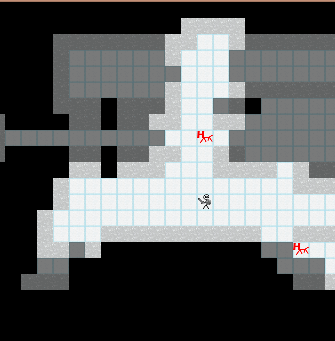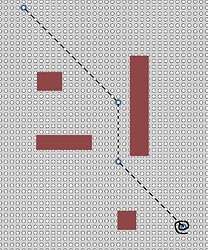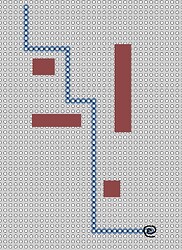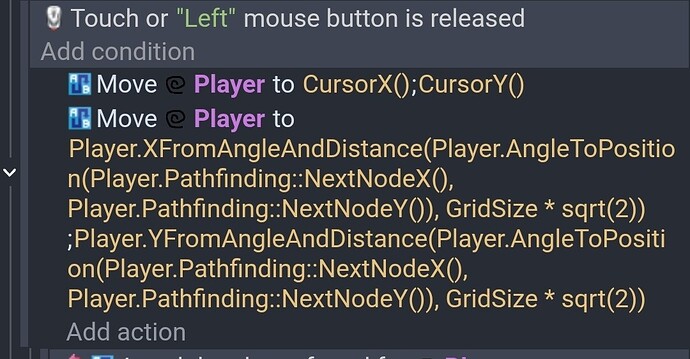Hi everyone I have asked this question before and I know others have too but have never come to a solution. I want to make a grid based roguelike but the enemy pathfinding moving one grid space at a time has become I think the most confusing task I’ve had and haven’t been able to figure out for the life of me and I think it’s just not understanding the given pathfinder system.People have recommended getting pathfinding nodes, would anyone be willing to walk through the steps and trying to figure out the system together? The issues I have mostly are jumping out of their tiles because of applied force or they become kind of dumber than a box of rocks trying not to use the pathfinding system. I would also like to use this for other entities though whether it be ranged combat with the arrow traveling across each tile or nova walking to a marker or places. Something similar to Astar pathfinding which I’ve figured out in Godot but not gdevelop. Any help would be appreciated but if anyone can help walk me through the steps what is events to use and how they work to make it work would be so so appreciated!

(Attached picture is not my project but to represent what I’m tryi


